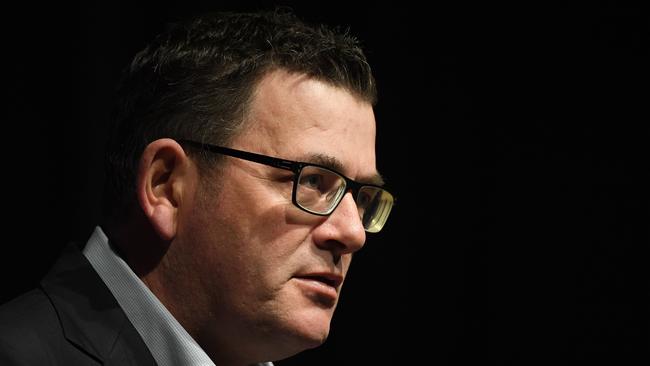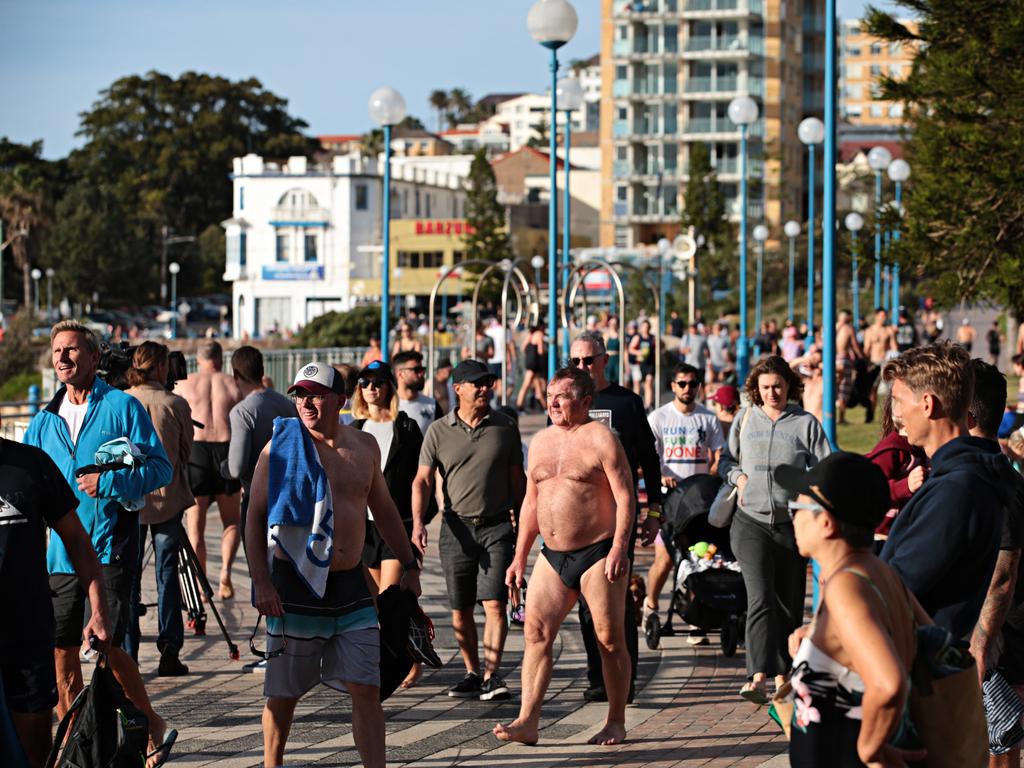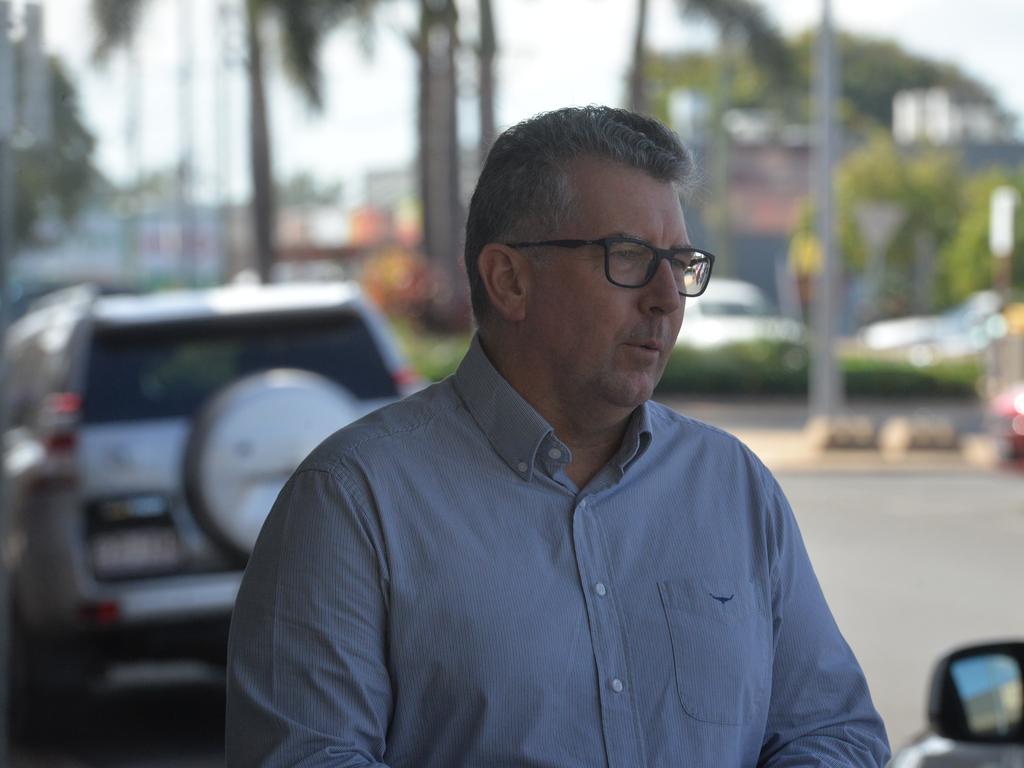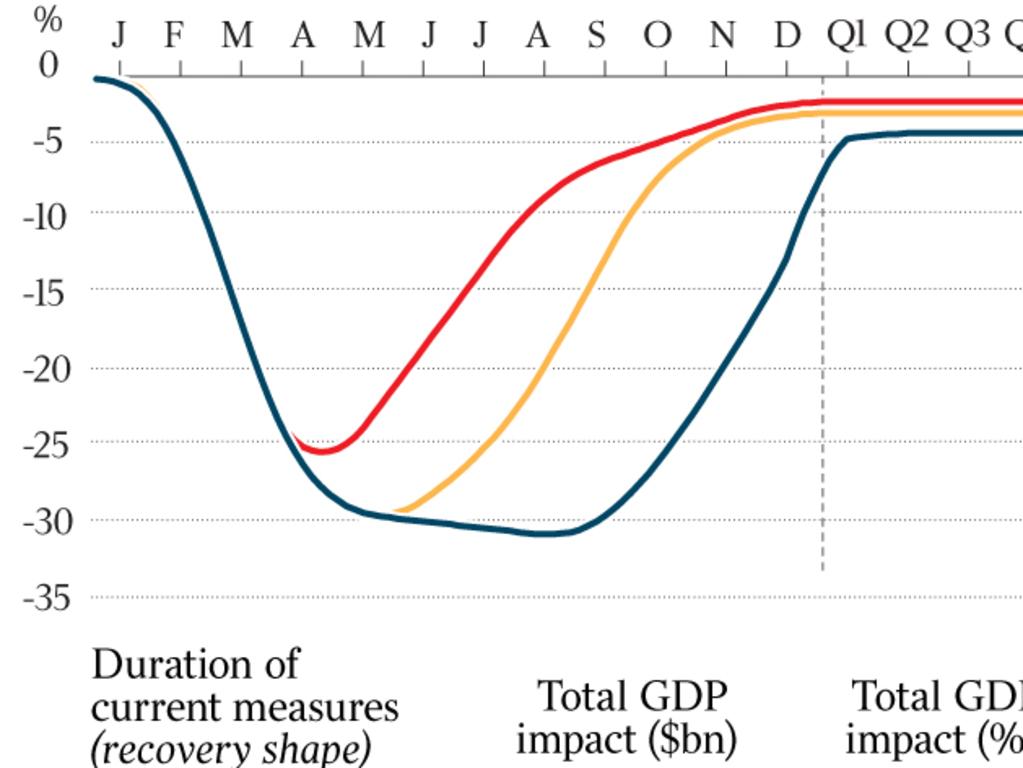Testing blitz to stall resurgence of coronavirus
State will test 100,000 people in two weeks to crack down on community transmission.

Victoria will test 100,000 people for the coronavirus in two weeks in a bid to crack down on community transmission ahead of a review next month of social-distancing laws.
Premier Daniel Andrews announced the testing blitz on Monday, urging people with only mild symptoms of the disease to get tested.
It came as Chief Medical Officer Brendan Murphy said asymptomatic carriers would be targeted to ensure there were no undetected cases left before national cabinet meets to discuss easing restrictions in a few weeks.
Mr Andrews said the biggest public health testing program in the state’s history would provide more data on community transmission ahead of the State of Emergency being reviewed on May 11.
He said any easing of social-distancing measures would likely be gradual because a resurgence in coronavirus cases was possible.
“We don’t want to have a situation where our frustration gets the better of us and we give back all the gains we have made,” he said.
“People have given too much, people have done too much hard work to have a situation where we waste it away because we are getting impatient and frustrated with the new normal.”
The State of Emergency order empowers Victorian Chief Health Officer Brett Sutton to issue public health directives enforced by Victoria Police.
Victorians are allowed to leave their homes only to purchase essential items, for care and compassion reasons, for exercise and for work and study that cannot be done in the home.
With a population of 6.3 million, more than 104,000 Victorians have already been tested for the coronavirus.
In NSW, which has a population of about 8.12 million, more than 200,000 people have been tested for the disease.
A NSW government spokeswoman did not respond to a question on whether the state would follow Victoria’s lead but said the state had the capacity to test 110,000 people in a fortnight. On Friday, NSW said it would double its daily testing rate to 8000 tests.
Western Australia Health Minister Roger Cook said he had been advised to target potentially asymptomatic cases of fly-in, fly-out workers, teachers, healthcare workers and police officers. “Our advice is that testing across the whole community when we have so little presence of the disease would simply be a waste of resources and not provide us with scientific insight,” he said.
WA has tested nearly 35,000 individuals so far, with 549 positive cases.
In Queensland, Chief Health Officer Jeannette Young said 99,527 tests for COVID-19 had been undertaken. The state’s testing criteria had now been expanded so that anyone with a fever (or history of fever) or acute respiratory symptoms could be tested.
In Tasmania, Premier Peter Gutwein announced increased testing in the northwest region after four new cases linked to the North West Regional Hospital were confirmed on Monday. He has also announced an independent review into the COVID-19 cluster in the region.
Of the state’s 11 deaths, 10 have been linked to the region, which is also where 136 of Tasmania’s 208 cases have been recorded.
South Australia recorded no new cases of the coronavirus for the fifth consecutive day, with 16 active cases in the state.
SA Pathology has undertaken more than 53,000 tests to date and there are 20 active cases.
The Northern Territory announced the first major easing of social-distancing restrictions after not recording a single case of the coronavirus since April 6.
The ACT did not record any new cases on Monday, with confirmed cases at 106.
ADDITIONAL REPORTING: CRAIG JOHNSTONE, ANGELICA SNOWDEN, AAP







To join the conversation, please log in. Don't have an account? Register
Join the conversation, you are commenting as Logout